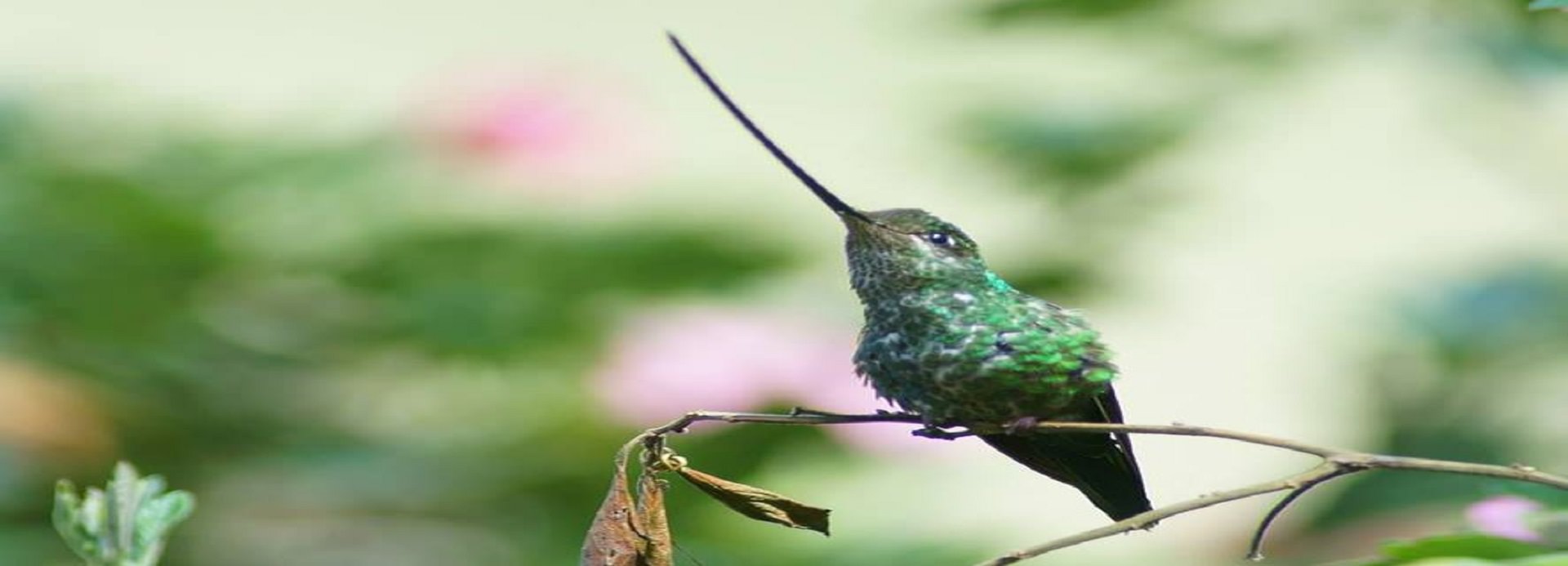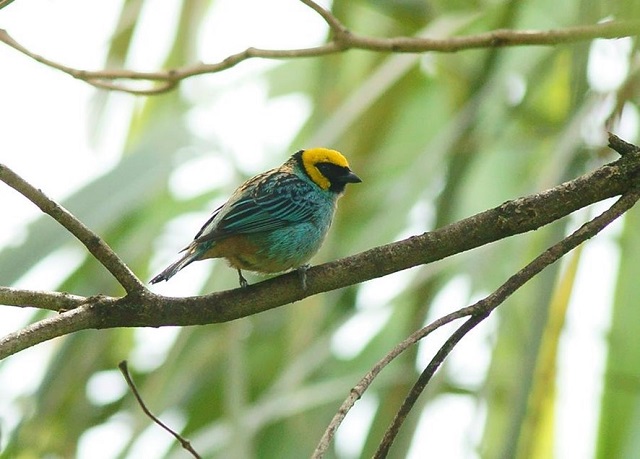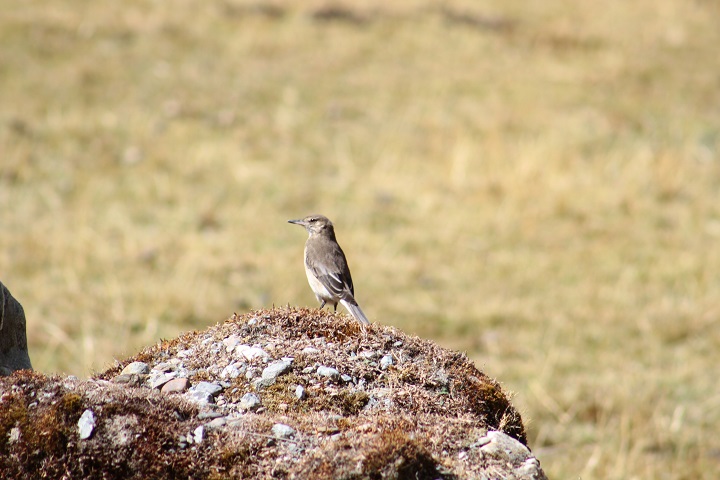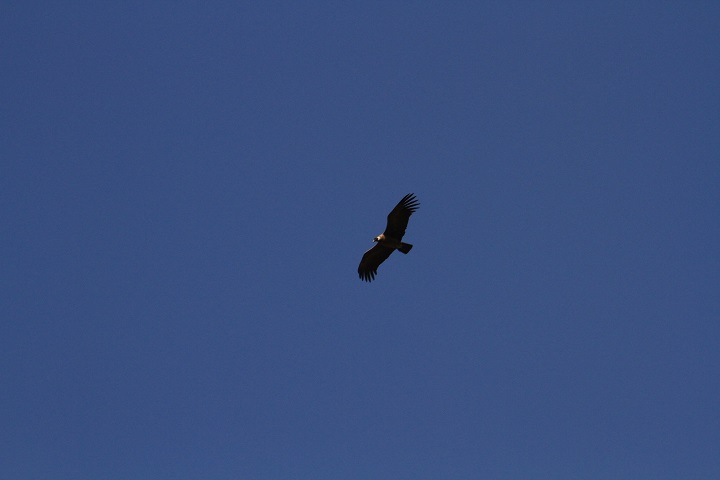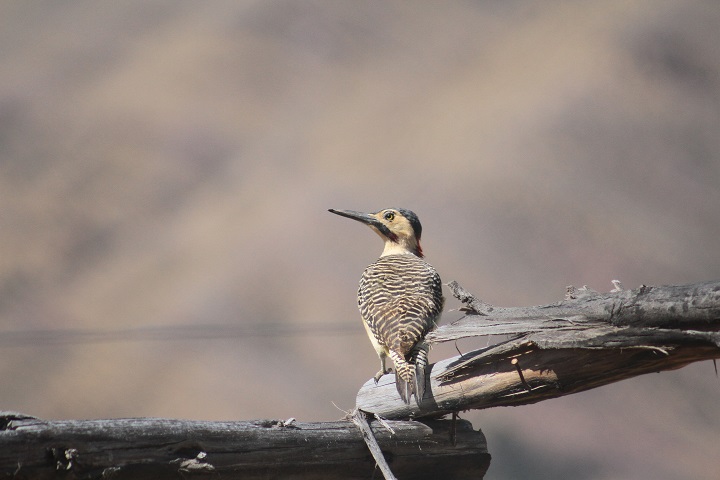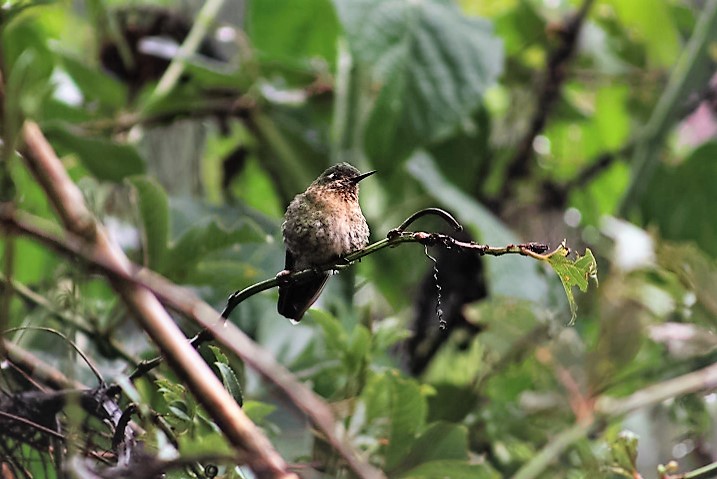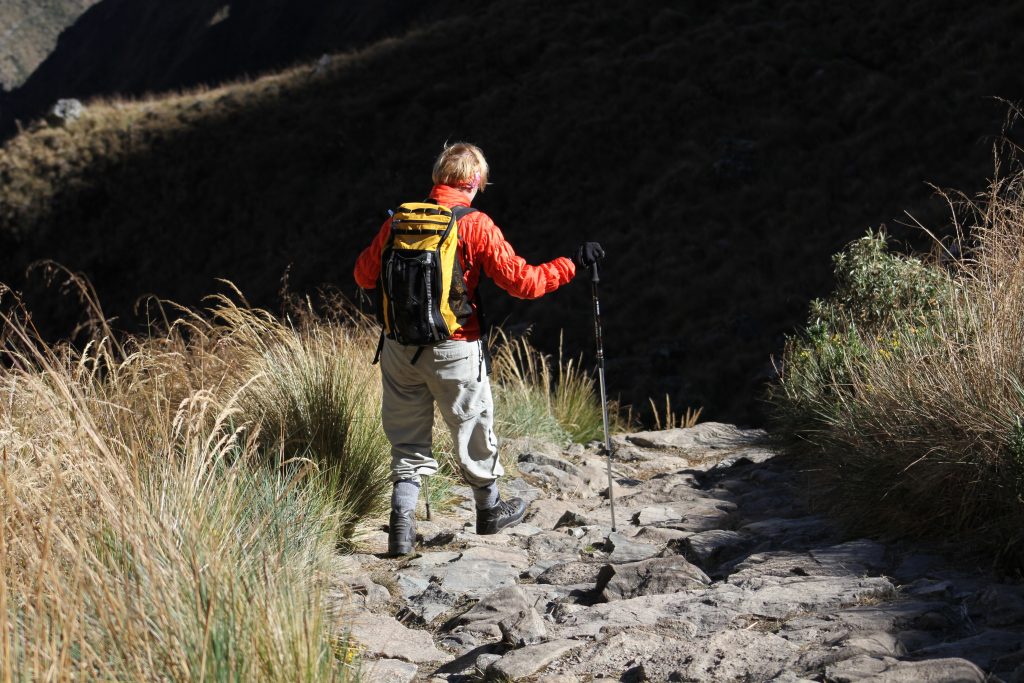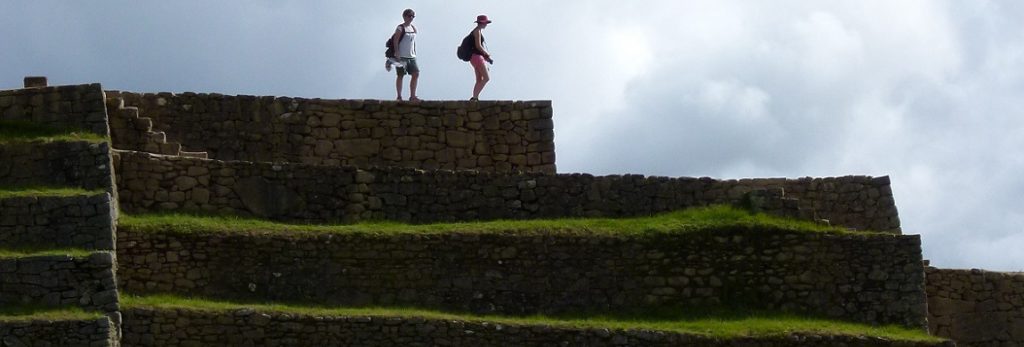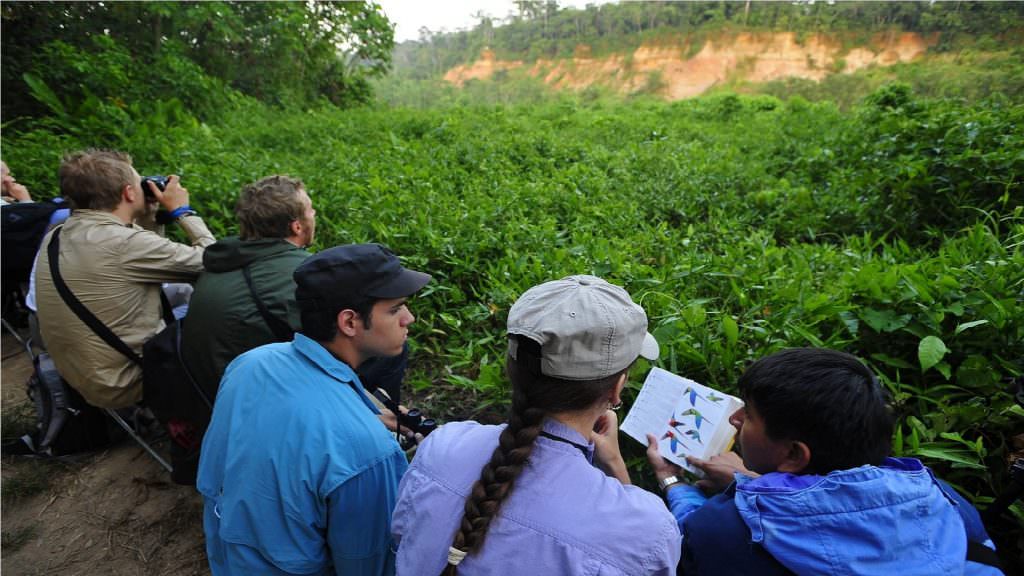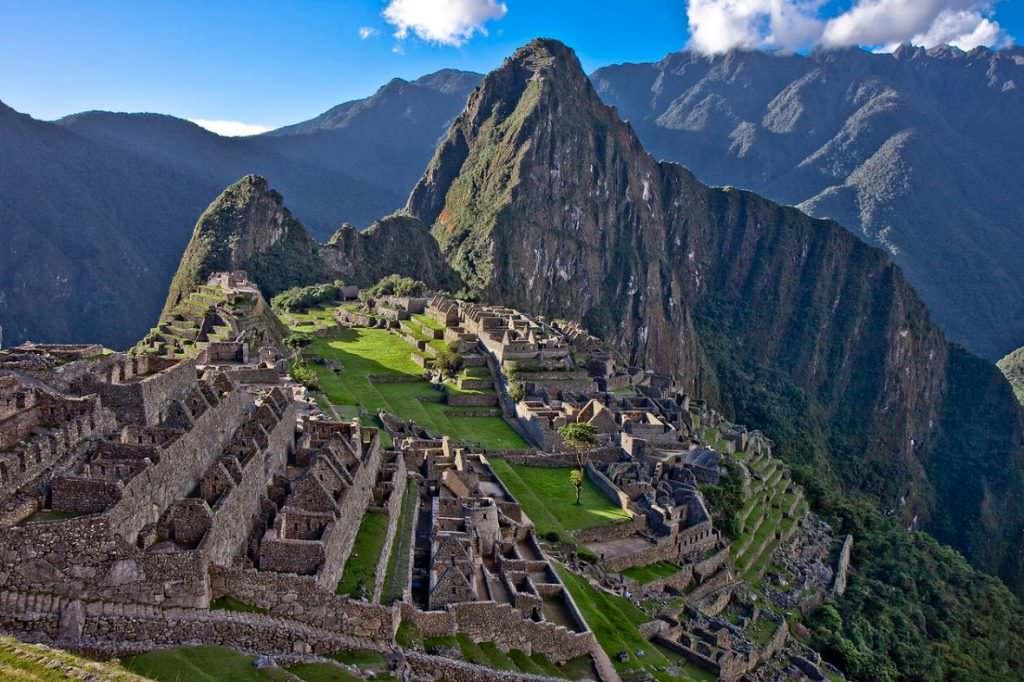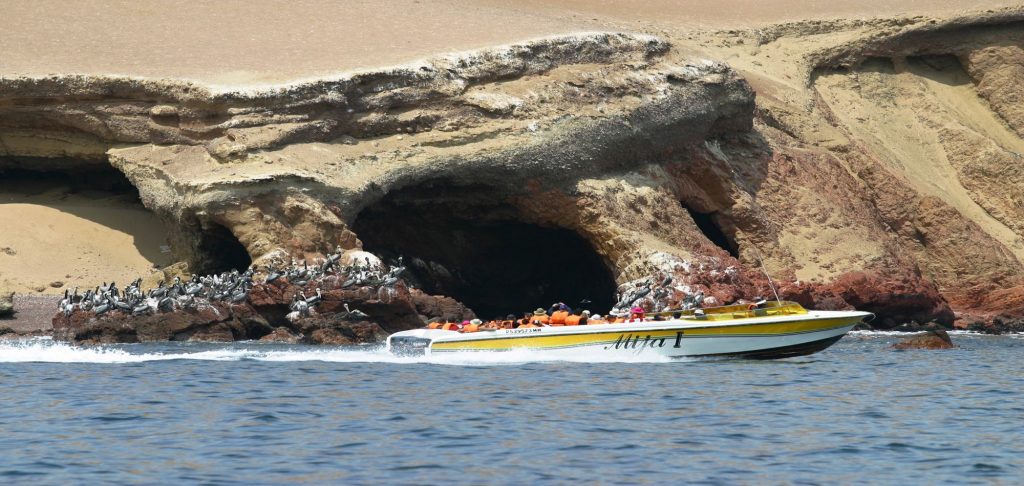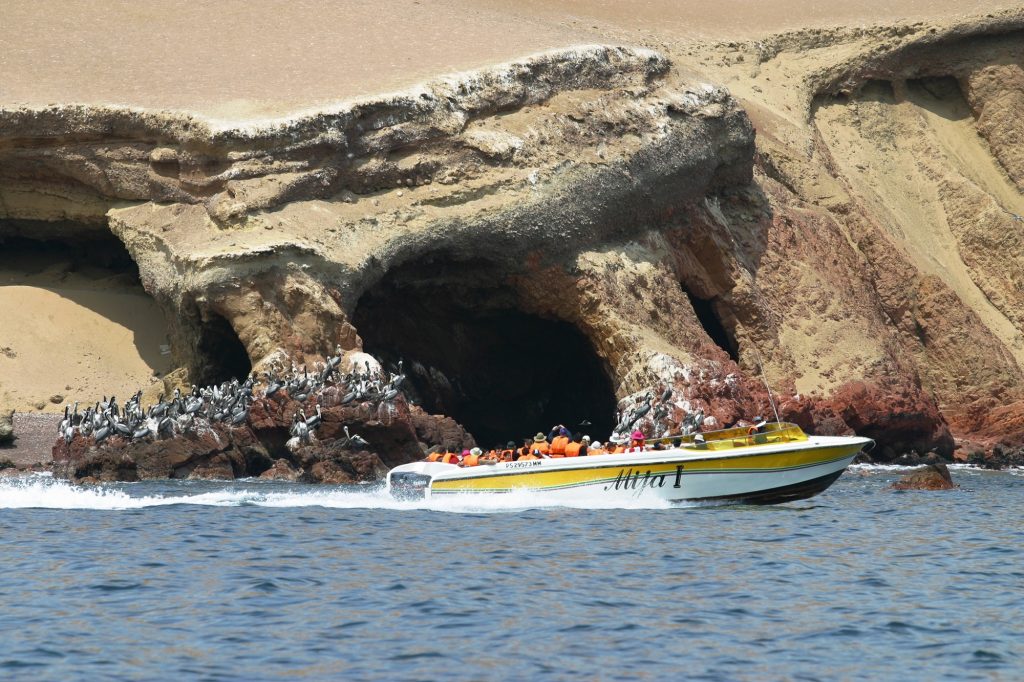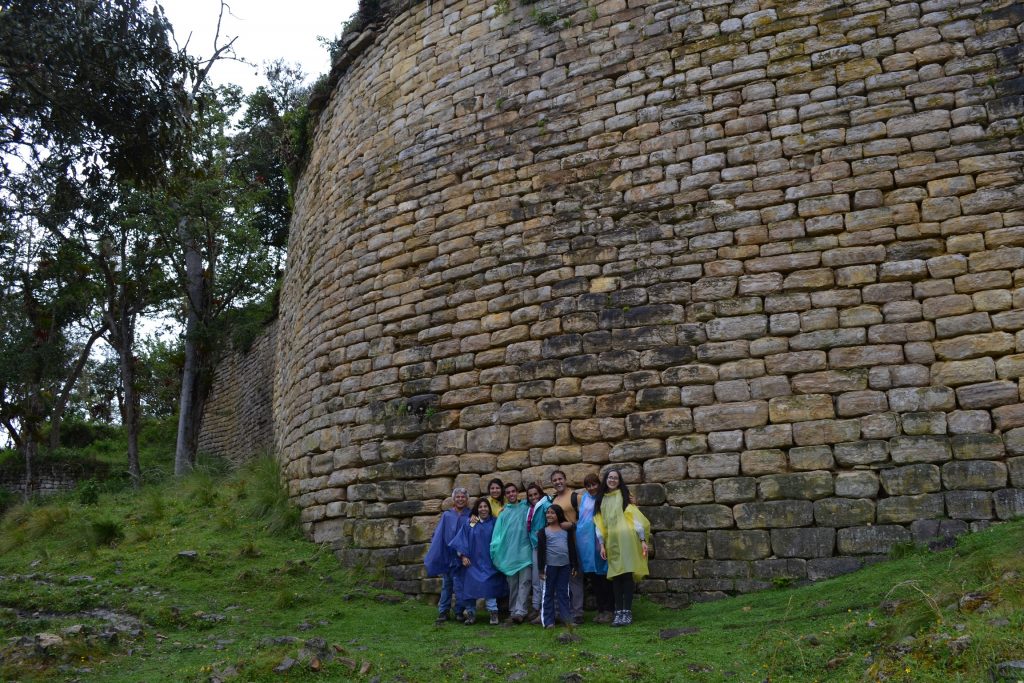Descriptions
The best 4-Day Tour Birdwatching Cusco Machu Picchu that you cannot miss! There are many good reasons to visit the most amazing of all known Inca ruins and birding definitely adds to the long list.
Peru is one of the greatest countries on earth for birders. The bird population in Peru is, incredibly, about 10% of the world’s total. With nearly 2,000 species of resident and migrant birds identified throughout Peru, great bird-watching sites abound. While many of the best birding destinations are in Amazonian, the Cusco area, especially around Machu Picchu, offers a nice range of cloud forest birds in an incredible setting.
IMPORTANT TIP
If you want to see the citadel of Machu Picchu and its beautiful landscape, then book your trip in advance. Since, the Peruvian government has imposed a daily limit of visits and tickets tend to sell out quickly. Make sure to buy your tickets in time!
Why to choose Culturandes Travel & Adventure for this Birdwatching Cusco Machu Picchu?
Are you looking for unforgettable memories for this adventure? Culturandes Travel & Adventure want you to have a hassle-free planning and an unforgettable travel experience without any stress and unexpected situations by the hand of its experts travel advisors and knowledgeable local guides providing you:
- Reliable and high level services
- Certified Peruvian tour operator
- Safe transport according to the highest standards
- Adequate equipment for the activity
- Detailed and personalized information prior to the trip
- 24 hour support during your trip
- Excellent official local guides who will be the star of your trip
We are experts in private and customized tours all around Peru, ask our expert travel advisors to upgrade your experience with additional activities and extensions.
Group services versus Private services?
This is a question we all need to ask ourselves when planning a trip. The answer depends largely on the age, the particular interests of each person and, above all, the economy of each passenger. Below, we list the differences between conducting a group service versus a private service. It should be noted that, in either of the two modalities, you will receive top quality care from the entire team of professionals who will make your trip unforgettable
Group Services
- The driver follows the stops designated by the tour
- Groups can have between 15 and 20 people
- Guidance is simultaneous in English and Spanish for the entire group
- The itinerary has to be strict to fulfill the daily plan
- Guidance is available at the same time for the entire group
- The main advantage of group services is the affordable price
Private Services
- The driver will make the necessary stops where you indicate
- Of 5 or more people, the private service has a similar price to the group service.
- You own the time you want to have at each stop
- Guidance is in only 1 language and at the passenger’s choice (prior consultation for rare languages)
- The guide will be available only for you and attentive to your requirements
- The travel experience becomes much more personal and deep in knowledge
We urge you to get in touch with us so we can design your trip to Peru together, probably combining some excursions in private and some in group services. Our team of experienced voyagers knows what it means to plan a trip of a lifetime as well as the investment that implies, therefore, we want everything to go perfect.

